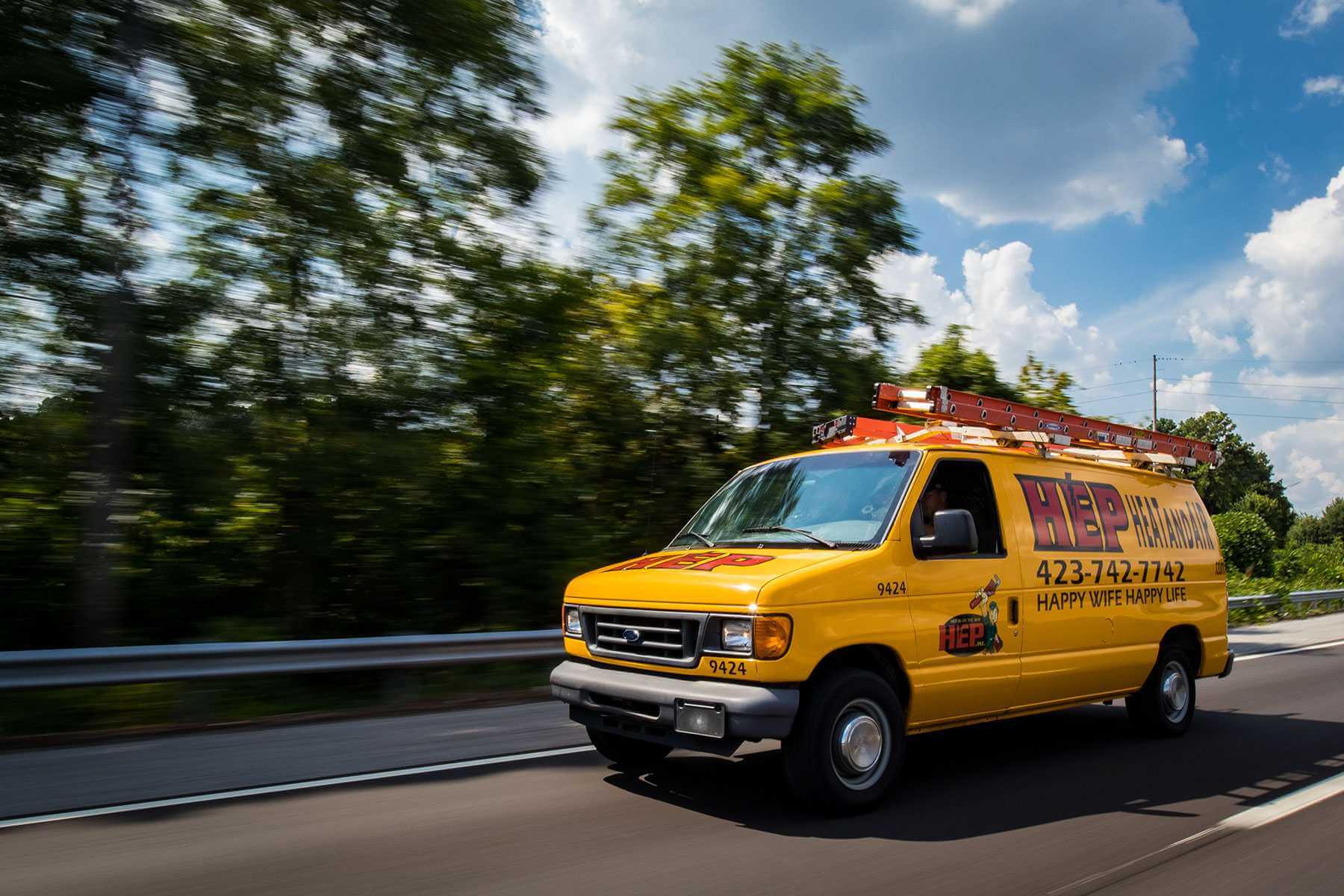

Chlorine Smell
Your trusted partner for professional home services. Quality workmanship, guaranteed satisfaction.




- HEP Plumbing
- Chlorine Smell
Chlorine Smell | Water Purification | Plumbing | Tazewell
Tired of that sharp chlorine odor coming from the tap? HEP’s local team in Tazewell specializes in pinpointing the source of unpleasant smells, then restoring your water to its clean, refreshing best. Our licensed plumbers use advanced testing to determine chlorine levels, inspect pipes for residue, and install proven filtration technology—all while keeping disruption to a minimum. From the first diagnostic visit to the final quality check, you’ll know exactly what’s happening inside your plumbing and why your water tastes and smells better afterward.
By combining decades of hometown service with the latest water purification tools, we tailor solutions that fit your household and your budget. Say goodbye to bottled water runs and lingering doubts about what’s in your glass; with HEP, every sip is crisp, clear, and worry-free.
FAQs
Why does my tap water in Tazewell sometimes smell like chlorine?
The municipal water utility adds small, regulated doses of chlorine (or chloramine) during treatment to eliminate bacteria and viruses before the water reaches your home. Because Tazewell’s distribution system is fairly large and hilly, the utility must leave a residual amount of disinfectant in the lines to keep water safe all the way to the tap. When temperature, flow, or household plumbing conditions change, you may notice a stronger chlorine odor, especially first thing in the morning or after you’ve been away for a few days.
Is the chlorine odor in my water harmful to my health?
At the levels permitted by the U.S. Environmental Protection Agency, chlorine in drinking water is considered safe for healthy adults, children, and pets. The odor can be unpleasant, but it typically occurs at concentrations far below the EPA maximum of 4 ppm. However, sensitive individuals may experience dry skin or notice respiratory irritation during hot showers. If anyone in your household has a compromised immune system or specific medical needs, removing the disinfectant with a certified filtration system is a prudent extra step.
How can I quickly get rid of the chlorine taste and smell when I need to use the water right away?
For a short-term fix, fill a pitcher and let it sit uncovered in the refrigerator for a few hours—the chlorine will dissipate naturally. You can also run the cold-water tap for 30–60 seconds to flush stagnant water from your plumbing. If you’re cooking or making coffee, bringing the water to a rolling boil for one minute will drive off most of the chlorine. These methods help temporarily, but they won’t remove other potential contaminants or solve the issue for the whole house.
What long-term solutions do you offer to remove chlorine from my home’s water supply?
Our plumbing team installs several NSF-certified systems: (1) Whole-house catalytic carbon filters that attach where the main line enters your home, eliminating chlorine and many organic compounds from every tap and shower. (2) Under-sink reverse-osmosis units that provide highly purified, great-tasting water for drinking and cooking. (3) Combination systems that pair carbon filtration with UV or sediment pre-filters for well users or households that want broader protection. We size each system based on your water usage, flow rate, and piping layout to guarantee consistent performance.
Will installing a whole-house carbon filter affect my water pressure or plumbing system?
A properly sized carbon filtration unit will have a negligible impact on pressure—typically less than 2–3 psi—so faucets, showers, and appliances operate normally. We calculate peak demand (gallons per minute) for your household and select a filter with sufficient media volume and port size. During installation, our plumbers include bypass valves for easy servicing and pressure gauges so you can monitor performance. The system is fully compatible with copper, PEX, and PVC plumbing commonly found in Tazewell homes.
How often do water purification systems that remove chlorine need maintenance in Tazewell’s water conditions?
Maintenance intervals depend on water usage and the specific technology: whole-house carbon filters generally need a media replacement every 5-7 years, or when pressure drop exceeds manufacturer specs. Under-sink carbon cartridges typically last 6–12 months, while RO membranes perform for 2–3 years. We offer annual service plans that include water quality testing, filter changes, and system sanitization to ensure your equipment continues to meet NSF standards and keeps chlorine levels at virtually zero.